[Cross-posted at The Hackerati.]



Humans have always been compelled by faces. We like to look at them, we like to draw them, we like to take pictures of our own face, we see them in the moon and in our toast and in a random outcropping of rocks. We look at a friend’s face and instantly know what she’s feeling. We look at a 700-year-old painting of a face and we can feel what that person’s world is like on the inside.
Our depiction of the human face hasn’t remained constant, however. Using a technique called face averaging, we can see how the art of the face has evolved.
For each of the images below, I’ve taken between thirty and ninety portrait paintings, depending on how many I could find, from a given time period. Then I averaged all of those together. So each image you see is not one person from one painting, but represents the average face painted in that period of art.

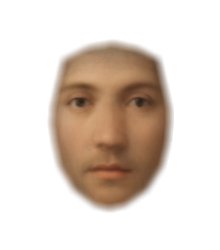
Renaissance 1300 – 1600
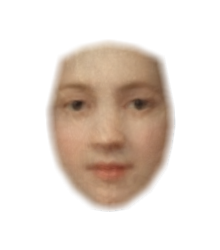
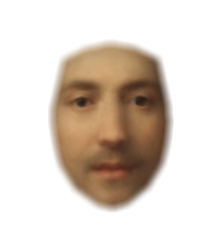
Baroque 1600 – 1730
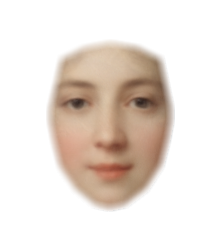
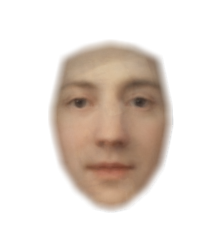
Rococo 1720 – 1780
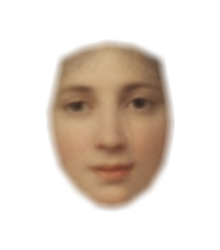
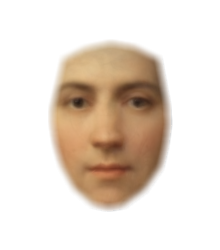
Neoclassicism 1750 – 1830
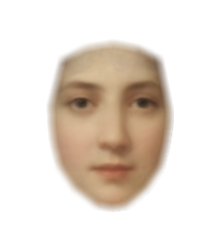
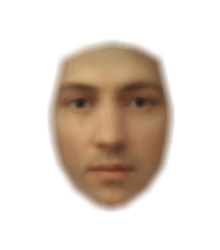
Romanticism 1790 – 1880


Impressionism 1860 – 1890

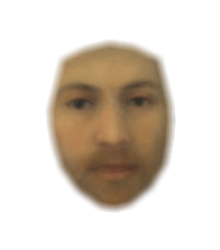
Post-Impressionism 1886 – 1905

Cubism 1907 – 1914
Only 18 out of 90 cubist images made it through the facial recognition software!
And here is how we portray the human face today. The following two images are each averaged from 100 different digital paintings from deviantart:

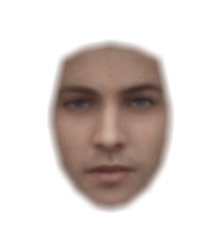
And here are some of the above images side-by-side, to more easily see the differences:








Of course, that which is truly beautiful about a face is that which is unique to it, along with the particular expression on the face in a given moment. By averaging hundreds of faces together to form one image, we’ve clouded the expressivity and uniqueness of the individual paintings. Even so, some expression still shines through. We can see the reservedness in some face average images, the sweet joy in others, and the seductive quality in yet others.
How will our depiction of the human face change over the next thousand years? I look forward to it!